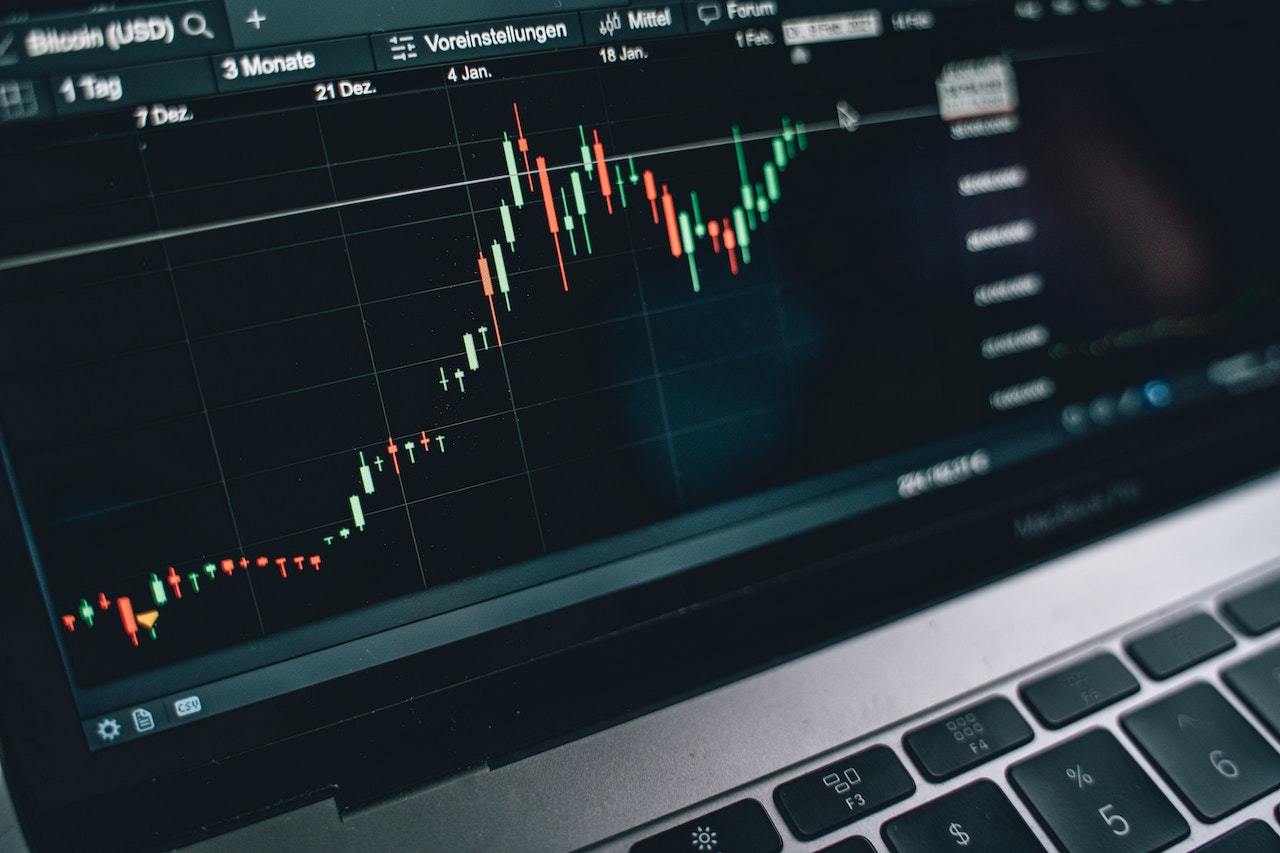Wall Street stocks managed to eke out modest gains as the opening bell rang on Wednesday, providing a brief respite from the tumultuous bond market, while bracing for the seismic implications of the historic ouster of the United States House Speaker. The Dow Jones Industrial Average inched up by 0.1% in early trading, a welcome relief after the benchmark index plunged into negative territory for the year in the previous session. Meanwhile, the S&P 500 saw a more modest uptick, rising 0.3%, and even the tech-heavy Nasdaq Composite defied market pressures with a gain of 0.4%.
Before the market opened, a surge in yields on U.S. government bonds had rattled investors, pushing the 30-year Treasury yield to 5% for the first time since 2007. While yields have since retreated slightly, the 10-year yield dipped below 4.8%. These gyrations in the bond market have been dubbed the ‘bond pain trade,’ reflecting the growing consensus among investors that the era of low interest rates may be coming to an end. This shift in perception has forced investors to reevaluate their investment portfolios, including stocks, currencies, and bonds.
Federal Reserve officials have been echoing this sentiment, with two more voices on Tuesday emphasizing the likelihood of high-interest rates persisting in the long term. The recent surge in rates was partly attributed to exceptionally strong job numbers for August, raising expectations that the Federal Reserve might enact another rate hike before year-end. However, on Wednesday, ADP reported that the U.S. added the fewest private-sector jobs since March 2021, contradicting previous estimates of a red-hot labor market.
Adding to the market’s uncertainty, the recent ouster of House Speaker Kevin McCarthy has further complicated matters. The process of selecting his replacement is poised to unleash weeks of political chaos and gridlock, raising the specter of a government shutdown and its potential economic ramifications.
The volatility in the bond market has sent shockwaves throughout the financial world, as it challenges the assumptions that have underpinned investment strategies for years. Low-interest rates have been a cornerstone of many investment portfolios, and any significant shift away from this paradigm could have far-reaching consequences.
The Dow’s marginal rebound suggests that some investors are cautiously optimistic, perhaps believing that the recent turbulence in the bond market might be a short-lived phenomenon. The S&P 500’s uptick also indicates a level of resilience in the face of uncertainty.
Meanwhile, the Nasdaq’s gain demonstrates the tech sector’s ability to weather the storm, though it remains sensitive to interest rate fluctuations. Tech companies typically borrow heavily, making them more susceptible to rising rates.
However, this fragile equilibrium could be easily disrupted by developments on the political front. The House Speaker’s ouster and the potential for a government shutdown inject a new layer of unpredictability into the markets. Investors are closely monitoring political developments, as they could have profound implications for fiscal policy, government spending, and the overall economic outlook.
In summary, Wall Street experienced a modest rebound on Wednesday, with major indices edging higher. Despite recent turbulence in the bond market and uncertainty surrounding interest rates, some investors appear cautiously optimistic. In conclusion, the political turmoil stemming from the ouster of the House Speaker introduces an added layer of uncertainty that may continue to impact Wall Street in the weeks ahead. .
Source: Yahoo Finance



